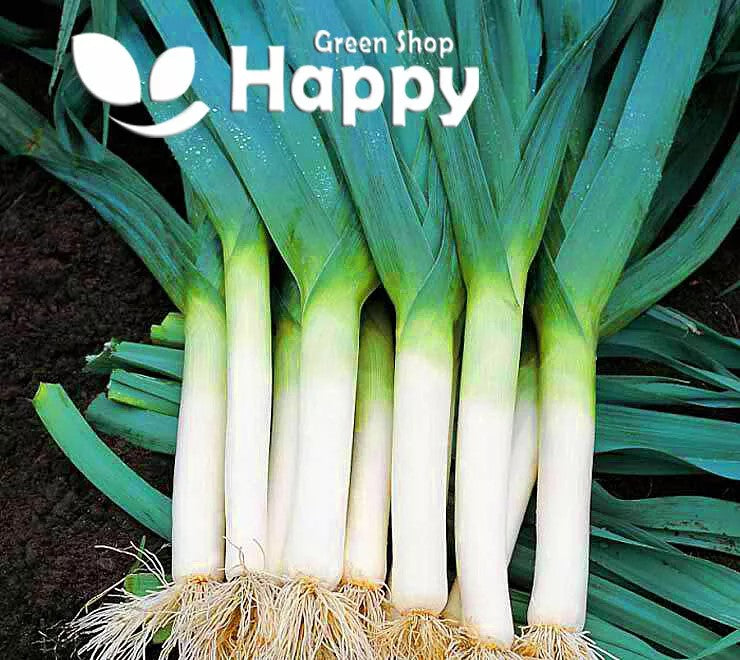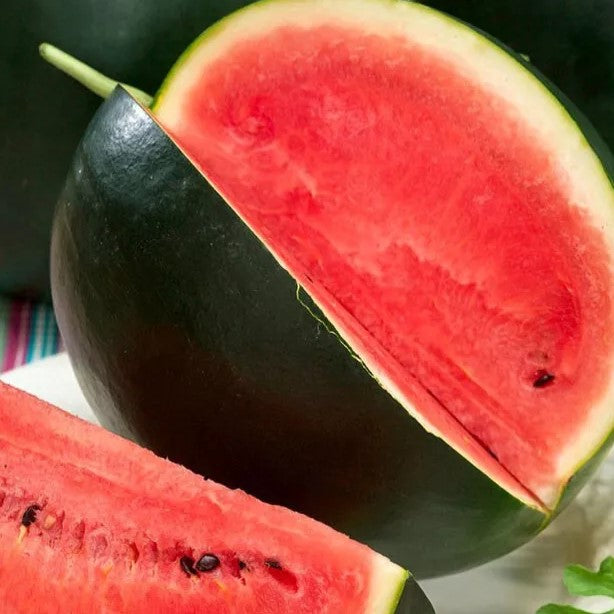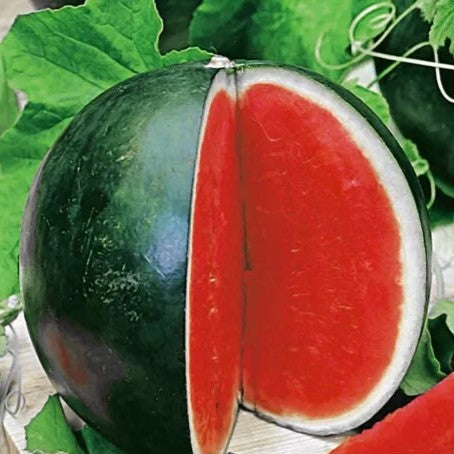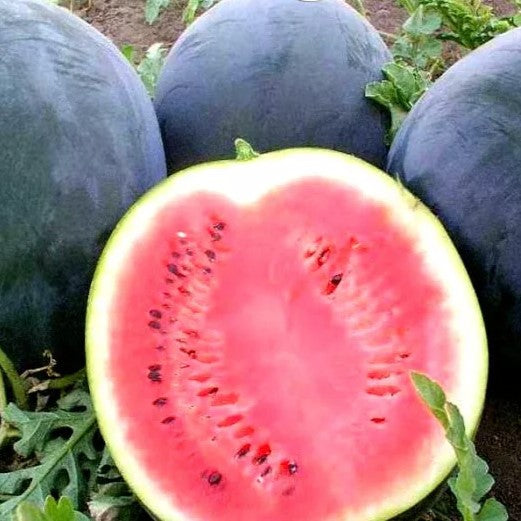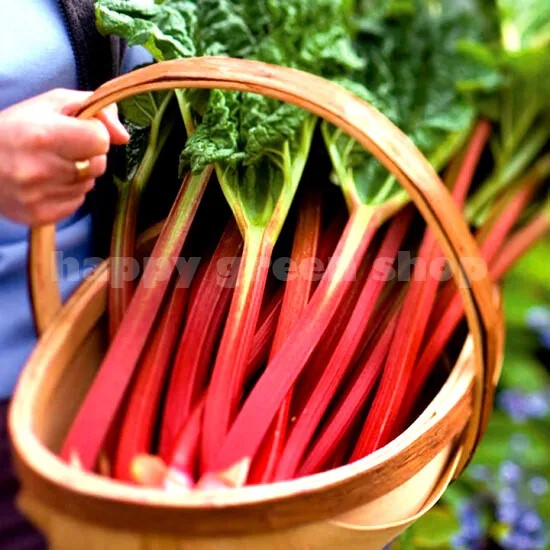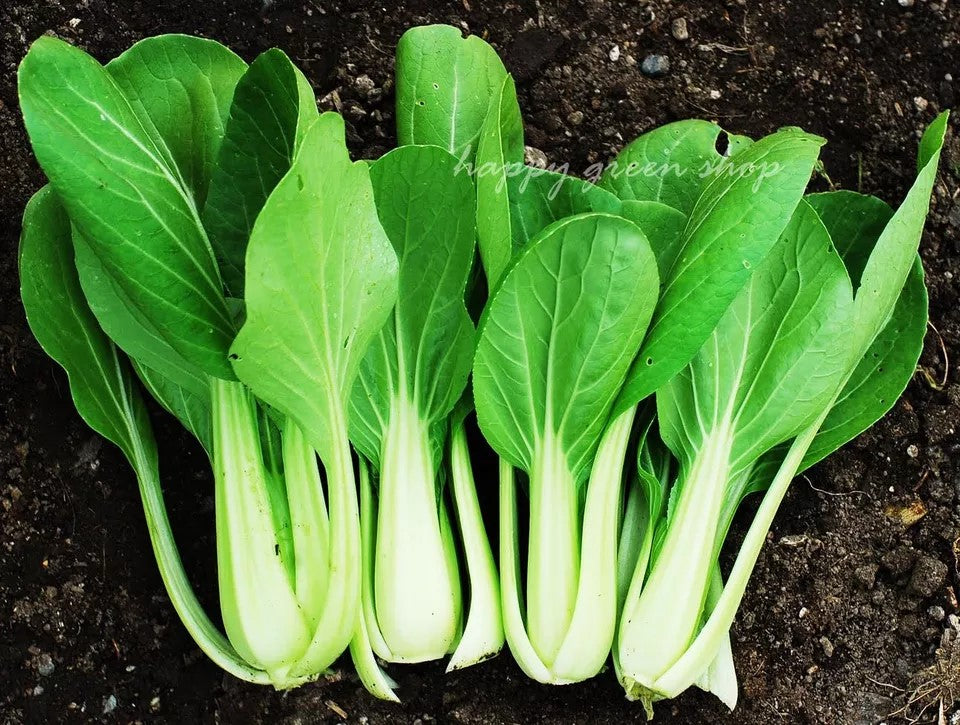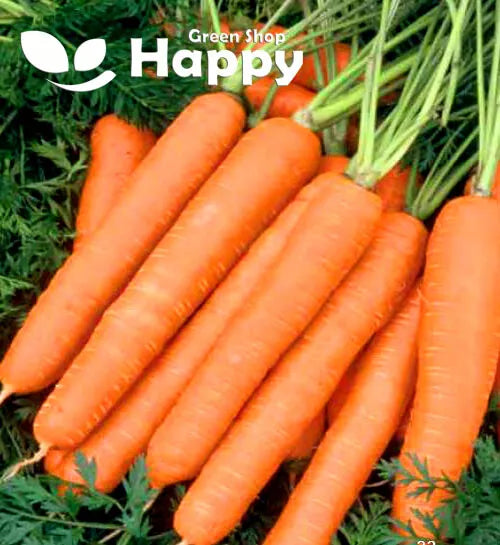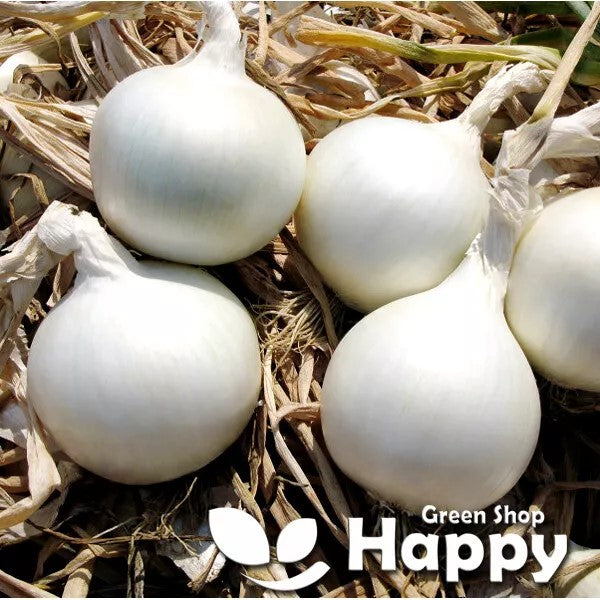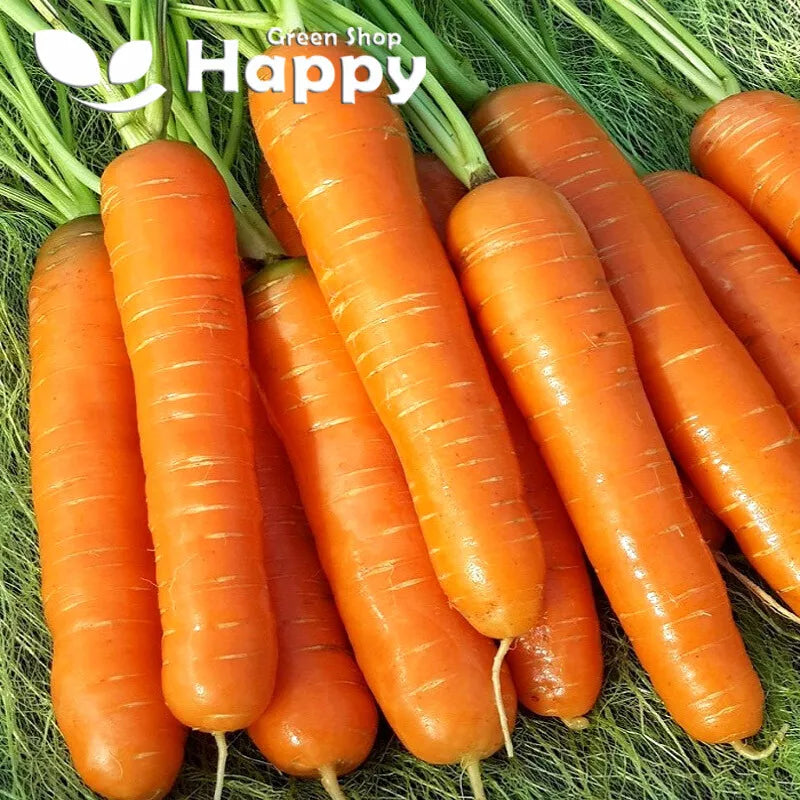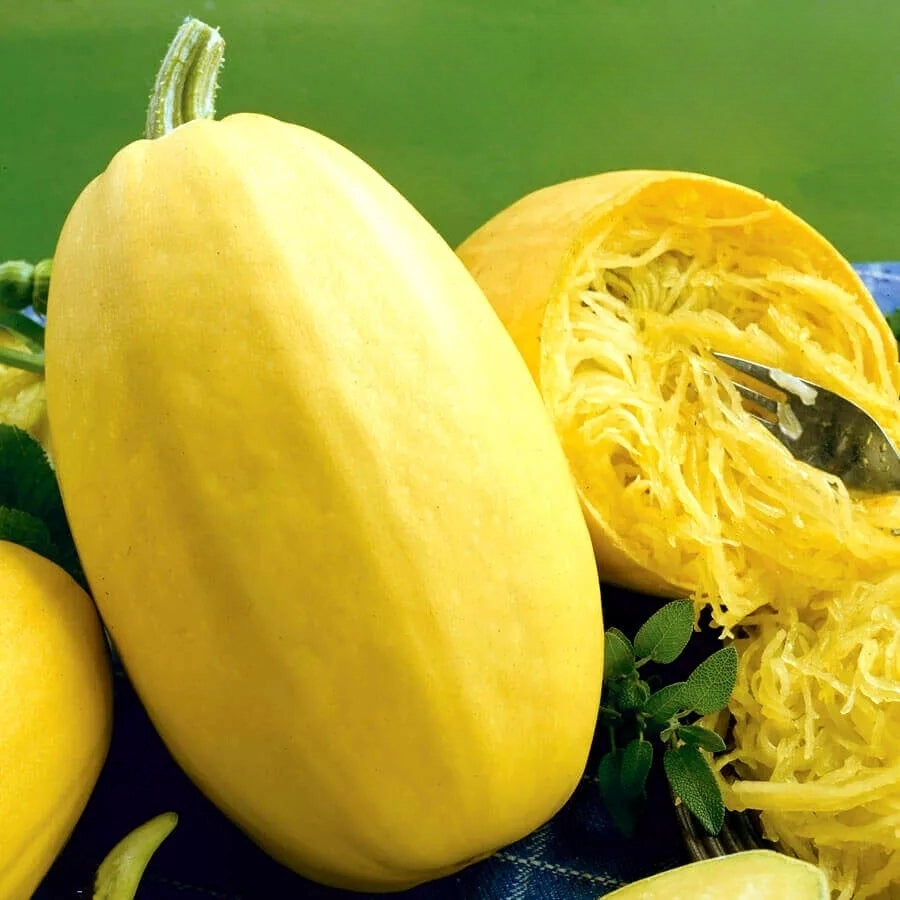Sort by:
299 products
299 products
Watermelon 'Sugar Baby' Seeds (Citrullus lanatus)
Grow refreshing, bite-sized melons with Watermelon 'Sugar Baby' (Citrullus lanatus). This early-maturing heirloom variety produces small, round fruits with deep green rinds and bright red, juicy flesh. Sweet, crisp, and perfect for summer snacking, these compact watermelons are ideal for home gardens and smaller spaces.
How to Grow
-
Sow seeds indoors 3–4 weeks before the last frost or direct sow outdoors when soil warms.
-
Use sandy, well-drained soil in full sun.
-
Sow seeds 2–3 cm deep, spacing 90 cm apart.
-
Keep soil warm and moist until germination (7–10 days).
-
Harvest when fruits sound hollow when tapped and the tendril nearest the fruit turns brown.
Key Features
-
Produces small, round melons with sweet red flesh
-
Early-maturing variety, ready in just 75–80 days
-
Compact size, perfect for smaller gardens
-
Juicy, crisp, and bursting with summer flavor
-
Excellent for snacking, picnics, and desserts
Ideal For
-
Home gardens, allotments, and small spaces
-
Fresh summer eating and chilled desserts
-
Gardeners wanting a fast, reliable watermelon
-
Families and kids who love sweet, compact fruits
Sowing
-
Best time: Indoors 3–4 weeks before last frost or direct outdoors in warm soil
-
Depth: 2–3 cm
-
Spacing: 90 cm apart
-
Prefers sandy, well-drained soil and full sun
Quick Tip
-
Mulch around plants to keep soil warm, conserve moisture, and promote sweeter melons.
Arugula ‘Garden Rocket’ Seeds (Eruca sativa)
Bring a peppery kick to your kitchen garden with Arugula ‘Garden Rocket’ (Eruca sativa). This fast-growing leafy green produces tender, deeply lobed leaves with a zesty, mustard-like flavor that’s perfect for salads, sandwiches, pizzas, and pasta dishes. Easy to grow and quick to mature, rocket is a must-have for continuous fresh harvests all season long.
How to Grow
-
Sow seeds directly outdoors from spring through autumn.
-
Use fertile, well-drained soil in full sun or partial shade.
-
Sow seeds 0.5 cm deep in rows, spacing 10–15 cm apart.
-
Keep soil moist for steady growth.
-
Harvest young leaves within 3–5 weeks for the best flavor.
Key Features
-
Fast-growing leafy green with peppery flavor
-
Ready to harvest in just a few weeks
-
Perfect for salads, sandwiches, pizzas, and pasta
-
Easy to grow in beds, borders, or containers
-
Continuous cropping with succession sowing
Ideal For
-
Fresh kitchen use in salads and cooked dishes
-
Containers, raised beds, and garden borders
-
Quick, cut-and-come-again harvesting
-
Gardeners of all skill levels
Sowing
-
Best time: Spring to autumn outdoors
-
Depth: 0.5 cm
-
Spacing: 10–15 cm apart
-
Prefers sun or partial shade with well-drained soil
Quick Tip
-
Sow every 2–3 weeks for a steady supply of young, tender leaves.
Rhubarb ‘Glaskins Perpetual’ Seeds (Rheum rhabarbarum)
Enjoy a reliable and long-lasting harvest with Rhubarb ‘Glaskins Perpetual’ (Rheum rhabarbarum). This traditional variety produces thick, juicy red stalks with a tangy-sweet flavor, perfect for pies, crumbles, jams, and desserts. Unlike many types, it can be harvested in the first year, making it a favorite for gardeners who want quicker results. Hardy, vigorous, and easy to grow, it’s a must-have perennial for the kitchen garden.
How to Grow
-
Sow seeds indoors in spring, or outdoors after the last frost.
-
Use fertile, well-drained soil in full sun or partial shade.
-
Sow seeds 1–2 cm deep and thin seedlings to 60–90 cm apart.
-
Keep soil consistently moist during germination (14–21 days).
-
Harvest lightly in the first year, then more freely from the second year onward.
Key Features
-
Traditional variety with juicy red stalks
-
Tangy-sweet flavor, perfect for desserts and preserves
-
Can be harvested in the first year
-
Hardy, vigorous, and long-lived perennial
-
Easy to grow in gardens and allotments
Ideal For
-
Kitchen gardens and allotments
-
Pies, crumbles, jams, and preserves
-
Gardeners seeking a quick-to-harvest rhubarb variety
-
Perennial, low-maintenance crops
Sowing
-
Best time: Spring indoors or after frost outdoors
-
Depth: 1–2 cm
-
Spacing: 60–90 cm apart
-
Prefers full sun or partial shade with fertile soil
Quick Tip
-
Avoid harvesting too heavily in the first year to allow plants to establish strong roots for future crops.
Chinese Cabbage ‘Pak Choi’ Seeds (Brassica oleracea)
Add fresh crunch to your kitchen garden with Chinese Cabbage ‘Pak Choi’ (Brassica oleracea). This fast-growing Asian green produces crisp white stems and tender, glossy green leaves with a mild, sweet flavor. Delicious in stir-fries, soups, and salads, Pak Choi is versatile, nutritious, and easy to grow in beds, borders, or containers.
How to Grow
-
Sow seeds indoors from early spring or directly outdoors from spring to late summer.
-
Use fertile, moist, well-drained soil in full sun or partial shade.
-
Sow seeds 1 cm deep and thin seedlings to 20–25 cm apart.
-
Keep soil consistently moist to prevent bolting.
-
Harvest young leaves as cut-and-come-again or allow plants to mature for full heads.
Key Features
-
Crisp white stems with tender, green leaves
-
Mild, sweet flavor with high nutritional value
-
Fast-growing and productive crop
-
Excellent for stir-fries, soups, and fresh salads
-
Thrives in gardens, raised beds, and containers
Ideal For
-
Stir-fries, soups, and salads
-
Cut-and-come-again harvesting or full heads
-
Home gardens, allotments, and container growing
-
Quick, healthy crops for continuous harvest
Sowing
-
Best time: Spring to late summer
-
Depth: 1 cm
-
Spacing: 20–25 cm apart
-
Prefers full sun or partial shade, fertile and moist soil
Quick Tip
-
Sow in succession every few weeks for a steady supply of fresh, crunchy Pak Choi.
Carrot ‘Naomi’ Nantes Type Seeds (Daucus carota)
Enjoy sweet, tender carrots with Carrot ‘Naomi’ (Daucus carota), a classic Nantes type. This reliable variety produces uniform, cylindrical roots with smooth skin and excellent flavor, perfect for fresh eating, juicing, or cooking. Early-maturing and easy to grow, it’s an ideal choice for home gardens, raised beds, and allotments.
How to Grow
-
Sow seeds directly outdoors from early spring to midsummer.
-
Use fertile, stone-free, well-drained soil in full sun.
-
Sow seeds 1 cm deep in rows, spacing seedlings 5–8 cm apart.
-
Keep soil consistently moist for even germination (10–14 days).
-
Harvest roots when they reach 15–18 cm in length for best flavor and texture.
Key Features
-
Classic Nantes type with smooth, cylindrical roots
-
Sweet flavor and tender texture
-
Early-maturing and uniform growth
-
Excellent for fresh eating, juicing, and cooking
-
Reliable and easy to grow in most soils
Ideal For
-
Vegetable gardens, raised beds, and allotments
-
Fresh eating, juicing, cooking, and freezing
-
Continuous harvests with succession sowing
-
Gardeners of all levels
Sowing
-
Best time: Early spring to midsummer outdoors
-
Depth: 1 cm
-
Spacing: Thin to 5–8 cm apart
-
Prefers full sun and fertile, well-drained soil
Quick Tip
-
Sow in succession every 3 weeks to enjoy a continuous supply of sweet, tender carrots.
Summer White Onion ‘Alibaba’ Seeds (Allium cepa)
Grow mild, crisp onions with Summer White Onion ‘Alibaba’ (Allium cepa). This early-maturing summer variety produces medium-sized, pearly white bulbs with a sweet, delicate flavor, perfect for fresh salads, cooking, and light pickling. Easy to grow and reliable, it’s ideal for kitchen gardens, raised beds, and allotments.
How to Grow
-
Sow seeds indoors 8–10 weeks before the last frost or directly outdoors in early spring.
-
Use fertile, well-drained soil in full sun.
-
Sow seeds 0.5–1 cm deep and thin seedlings to 10–15 cm apart.
-
Keep soil consistently moist for germination (10–14 days).
-
Harvest bulbs when tops begin to yellow and fall over; cure in a dry, airy place before storage.
Key Features
-
Medium-sized, pearly white bulbs with mild, sweet flavor
-
Early-maturing summer variety
-
Ideal for fresh salads, cooking, and light pickling
-
Hardy, productive, and easy to grow
-
Suitable for kitchen gardens, raised beds, and allotments
Ideal For
-
Vegetable gardens, raised beds, and allotments
-
Fresh salads, cooking, and pickling
-
Succession sowing for continuous harvest
-
Homegrown culinary use
Sowing
-
Best time: 8–10 weeks before last frost indoors or early spring outdoors
-
Depth: 0.5–1 cm
-
Spacing: Thin to 10–15 cm apart
-
Prefers full sun and fertile, well-drained soil
Quick Tip
-
Sow in succession every 2–3 weeks to enjoy a steady supply of tender, mild white onions.
Coriander Seeds (Coriandrum sativum)
Grow fresh, aromatic herbs with Coriander (Coriandrum sativum). This versatile herb produces feathery green leaves and aromatic seeds, perfect for salads, cooking, and spice blends. Fast-growing and easy to cultivate, it’s ideal for herb gardens, kitchen beds, and containers.
How to Grow
-
Sow seeds directly outdoors from early spring to late summer.
-
Use fertile, well-drained soil in full sun to partial shade.
-
Sow seeds 0.5–1 cm deep and thin seedlings to 15–20 cm apart.
-
Keep soil consistently moist for best germination (7–14 days).
-
Harvest leaves when young and tender; collect seeds when fully mature.
Key Features
-
Feathery, aromatic green leaves and flavorful seeds
-
Fast-growing and easy to cultivate
-
Ideal for fresh salads, cooking, and spice blends
-
Suitable for outdoor and container growing
-
Hardy and versatile culinary herb
Ideal For
-
Herb gardens, kitchen beds, and containers
-
Fresh salads, cooking, and seasoning
-
Homegrown spice production
-
Companion planting to attract beneficial insects
Sowing
-
Best time: Early spring to late summer outdoors
-
Depth: 0.5–1 cm
-
Spacing: Thin to 15–20 cm apart
-
Prefers full sun to partial shade and fertile, well-drained soil
Quick Tip
-
Sow in succession every 2–3 weeks for a continuous supply of fresh leaves and seeds.
Carrot ‘Cortina’ F1 Seeds (Daucus carota)
Grow sweet, uniform carrots with Carrot ‘Cortina’ F1 (Daucus carota). This early-maturing hybrid produces smooth, tapered, bright orange roots with excellent flavor, perfect for fresh salads, cooking, and roasting. Hardy and highly productive, it’s ideal for vegetable gardens, raised beds, and succession sowing for a continuous harvest.
How to Grow
-
Sow seeds directly outdoors from early spring to midsummer.
-
Use fertile, well-drained soil in full sun.
-
Sow seeds 1 cm deep and thin seedlings to 5–8 cm apart.
-
Keep soil consistently moist for optimal germination (10–14 days).
-
Harvest roots when fully grown but still tender for best flavor.
Key Features
-
Smooth, tapered, bright orange roots
-
Early-maturing and high-yield F1 hybrid
-
Sweet and flavorful, ideal for salads, cooking, and roasting
-
Reliable and easy to grow
-
Suitable for succession sowing for continuous harvest
Ideal For
-
Vegetable gardens, raised beds, and allotments
-
Fresh salads, cooking, and roasting
-
Succession sowing for steady harvests
-
Homegrown culinary use
Sowing
-
Best time: Early spring to midsummer outdoors
-
Depth: 1 cm
-
Spacing: Thin to 5–8 cm apart
-
Prefers full sun and fertile, well-drained soil
Quick Tip
-
Sow in successive batches every 2–3 weeks for a continuous supply of sweet, tender carrots.
Squash ‘Spaghetti’ Seeds (Cucurbita pepo)
Grow unique, versatile vegetables with Squash ‘Spaghetti’ (Cucurbita pepo). This climbing variety produces medium-sized, oblong fruits with pale yellow skin and stringy flesh that separates into spaghetti-like strands when cooked. Perfect for healthy, low-carb meals, it’s easy to grow in home gardens, allotments, or large containers.
How to Grow
-
Sow seeds indoors 3–4 weeks before the last frost or directly outdoors after frost risk has passed.
-
Use fertile, well-drained soil in full sun.
-
Sow seeds 2–3 cm deep and thin seedlings to 90–120 cm apart.
-
Provide support or allow vines to spread; water consistently.
-
Harvest fruits when skin is hard, fully colored, and seeds are mature.
Key Features
-
Medium-sized, oblong fruits with stringy, spaghetti-like flesh
-
Unique and versatile for healthy cooking
-
Easy to grow and highly productive
-
Ideal for home gardens, allotments, or large containers
-
Distinctive low-carb vegetable for culinary use
Ideal For
-
Fresh cooking, roasting, and low-carb meals
-
Vegetable gardens, raised beds, and allotments
-
Large containers or trellis-supported vines
-
Family-friendly gardening and homegrown produce
Sowing
-
Best time: 3–4 weeks before last frost indoors or after frost outdoors
-
Depth: 2–3 cm
-
Spacing: 90–120 cm apart
-
Prefers full sun and fertile, well-drained soil
Quick Tip
-
Harvest when fully mature and allow to cool; the flesh separates easily into spaghetti-like strands when cooked.
Showing 171/299


